Women are key to growing the economy
Significance:
Women influence or are responsible for 85% of consumer spending ($6.4 trillion in 2019). An increase in women’s earning would result in greater use of financial products and services to provide stability.
Summary:
In 1963, the USA passed The Equal Pay Act to address gender discrimination. However despite the legislation, pay inequality has continued with some progress. In aggregate, women now earn .83 cents for every dollar white men earn. “The gender gap has narrowed for younger women as their education level increases and they break into occupations traditionally dominated by men” but widens as women age. The pay gap becomes obvious when Equal Pay Day is considered (the symbolic number of days women work to catch up with white men’s earnings). In 2023 the dates are: March 15 for white women, September 21 for black women and October 21 for Latina women. There are different equal pay days for mothers, LGBTQ, and AAPI populations. Pay gaps exist by various measures: by geography; by job level, industry and occupation; and by education level even though 37% of women versus 35% of men in the labor force hold a 4-year college degree or higher. As a result of pay gaps, women have less than men to contribute to household (HH) income even though more than half of women in dual-headed HHs are employed in professional, technical, managerial or administrative positions. Four out of ten women now out-earn their husbands according to the US Bureau of Labor Statistics.
Trends:
Between 2000 and 2020, the percentage contribution to annual HH income by women and men in dual-headed HHs has changed: Women’s contribution up from 30% to 38%; and men’s down from 66% to 58%. Regardless of marital status, the financial crisis of 2007-2010 was a bigger setback for men than for women. Today, 60% of dual-headed HHs earning less than $125K are likely living paycheck-to-paycheck.

Insights:
According to the US Chamber of Commerce, America is experiencing a labor shortage. In January 2023, workforce participation remained below pre-pandemic levels with 3 million fewer workers. According to the Chamber’s survey of unemployed workers, two main reasons are cited for sitting on the sidelines: illness or health concerns (28%) and caregiving responsibilities (27%). The lack of, or cost, (or both) for childcare is keeping many women out of the workforce. Pay gaps and absence of affordable childcare are not insoluble problems. With fewer college-educated men available than previously, industry is encouraged to consider, what is your long-term strategy to attract and retain educated women?
- Although pay equity laws have been around since the US’s Equal Pay Act of 1963, the gender pay gap persists. Technology has made it easier to recognize and analyze pay discrepancies; legislators have taken notice. The number of pay equity and pay transparency laws has increased accordingly. For example, as of this year (2023), California requires larger employers to report both demographic and pay data to the state. Pay equity violations are not only expensive but more easily spotted than they used to be. Posting wide salary ranges are already coming under increased scrutiny. Fifteen states and at least a dozen cities have enacted bans on salary-history inquiries. Many recent college women graduates have learned how to advocate for themselves and negotiate pay. It is a priority of educated female applicants for guarantees and documentation and employers that your pay and promotion policies are equitable and will remain so.
- In 2020, the American Association of University Women determined that women have only 32% of the wealth that men have, only 70% of retirement funds (for those who have any) and carry two-thirds of the nation’s student debt. As more women live unpartnered lives, the pay gap translates into a wealth gap. At the current rate of progress, it will be 2111 before the pay gap between women and men will close. Our country can’t afford to wait that long! As the proportion of “Unpartnered” households continue to increase (November 2021) the myth of men-as-breadwinners is no longer a plausible excuse for discrimination. The more money women have, the more they will pump back into the economy. Has your organization had ‘the’ conversation about how to promote women?
- McKinsey & Company’s most recent Women in the Workplace (October 2022) study confirms that women are still underrepresented in leadership. “For every 100 men who are promoted from entry level to manager, only 87 women are promoted, and only 82 women of color are promoted… Women leaders are also leaving companies at an extraordinary rate. For every woman at the director level who gets promoted to the next level, two women directors are choosing to leave their company.” Does your company a) have a formalized mentoring program? b) Encourage opportunities for women to collaborate and to build networks? c) Are women respected members of teams that develop these policy?
NOTE: Women’s efforts to change discrimination and inequality from within the financial sector are bearing fruit. The Secretary of the Treasury and the Vice Chair of the Federal Bank are women; four women serve as presidents of Federal Reserve Banks (Boston, Cleveland, Kansas City and San Francisco). Six women sit on the Senate Finance Committee. The four leaders of the two congressional spending committees are women; three women serve on the Federal Reserve Board of Governors. In the public sector, two of the country’s largest banks are headed by women—Jane Fraser CEO at Citigroup and Ellen Cooper, Chairman of Lincoln Financial Group.
Get in touch or email us on MacroMonitor_Team@rfi.global
Don’t miss this month’s 2-Minute Briefing about women’s contribution to HH finances with RFI’s May Park, VP of Sales and Business Development—US.
About the Author
Patricia Breman joined RFI Global in 2022 as Senior Consultant for MacroMonitor. She has more than 40 years’ experience from trend-spotting, sales promotion, and operations for a major US department store division to VALSTM (psychographic) expert with Strategic Business Insights heading bespoke projects for US, Canada and Japan-based companies and institutions. Patricia was the primary content generator for the VALS Program; she also developed several company-wide marketing campaigns and regularly contributing to SBI’s ScanTM Program. She has been a data translator for MacroMonitor since 2018, providing analysis within a broad contextual framework to produce insights. Patricia has been a guest lecturer about consumer behavior and VALS at NYU’s Stern School of Business and The Wharton School, University of Pennsylvania. Ms. Breman is based in Virginia, USA.





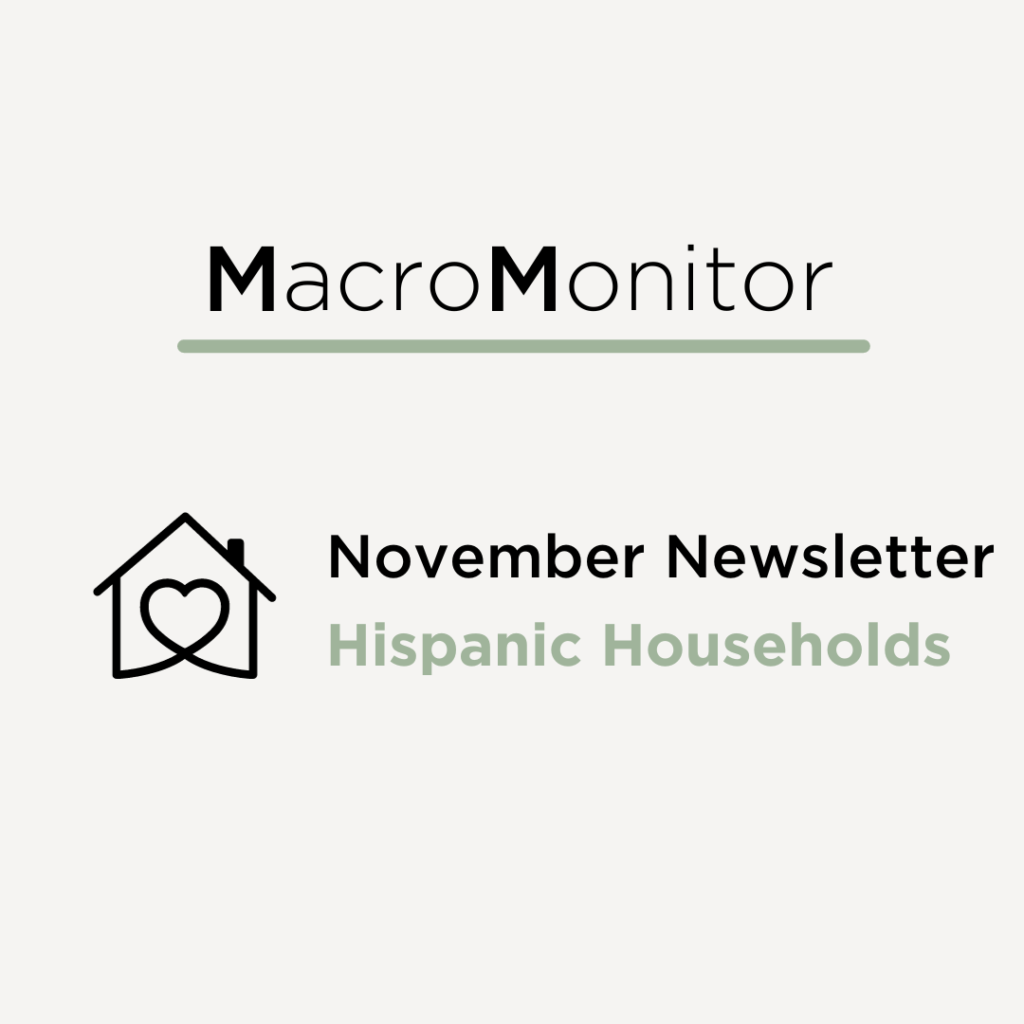
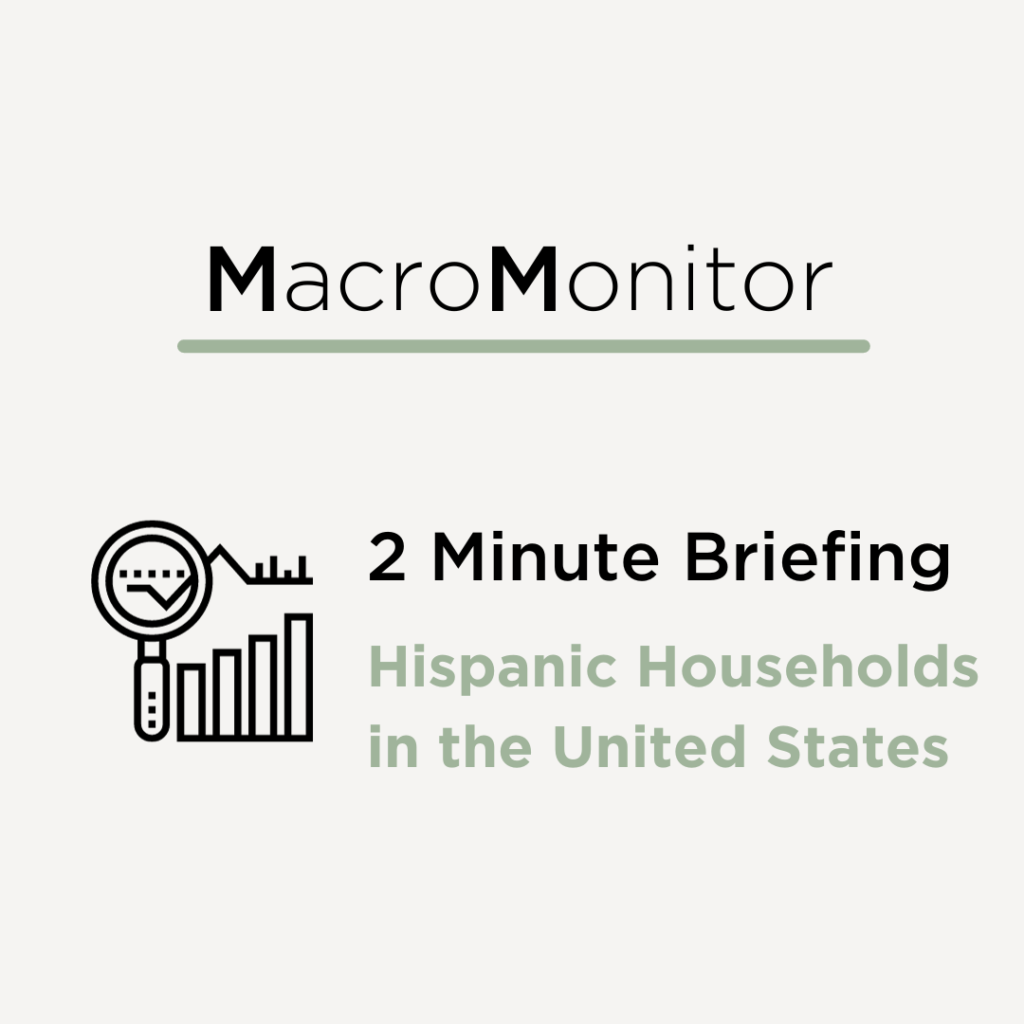











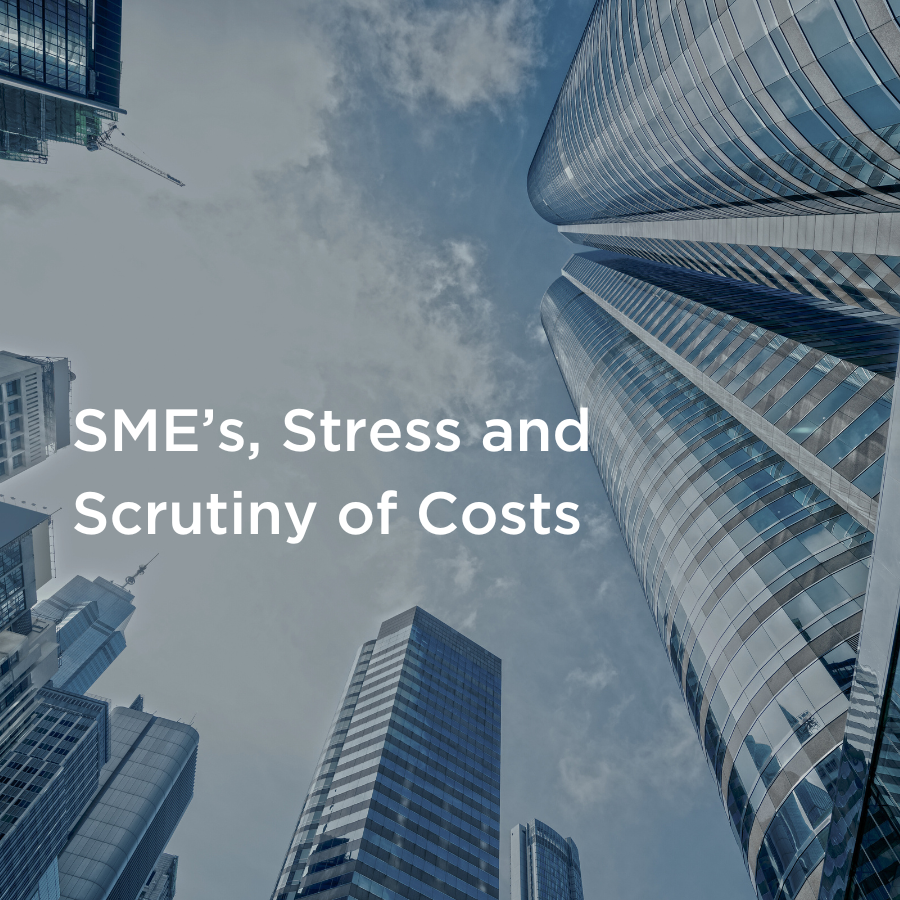

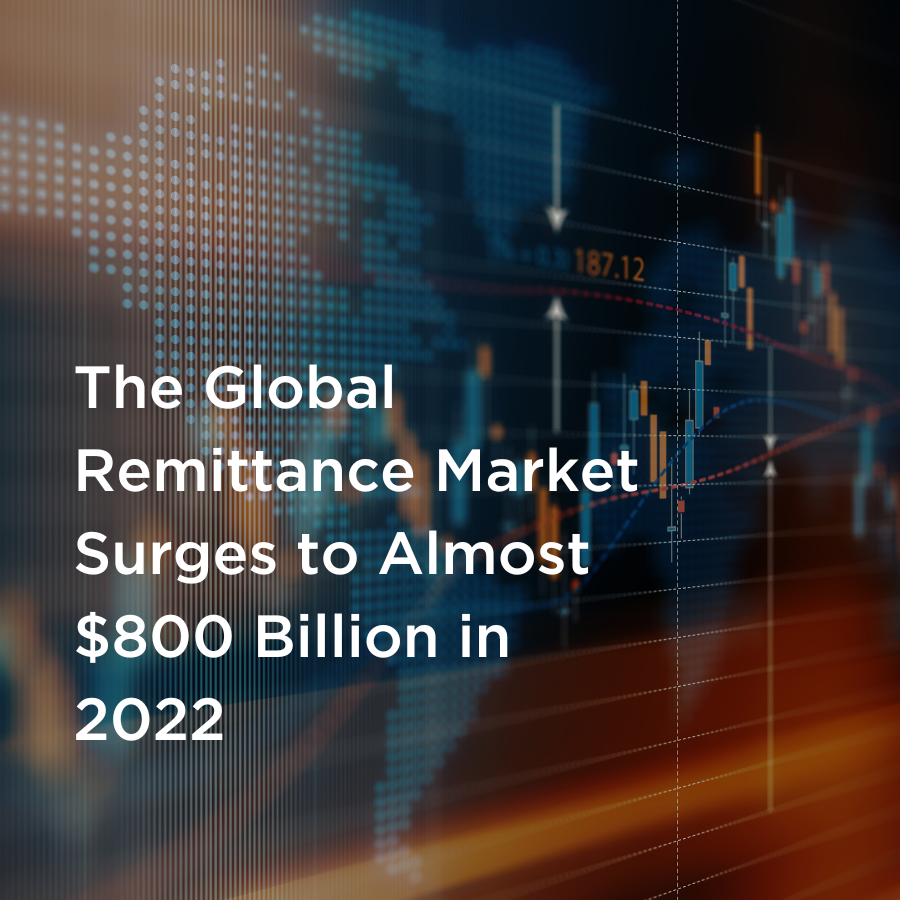

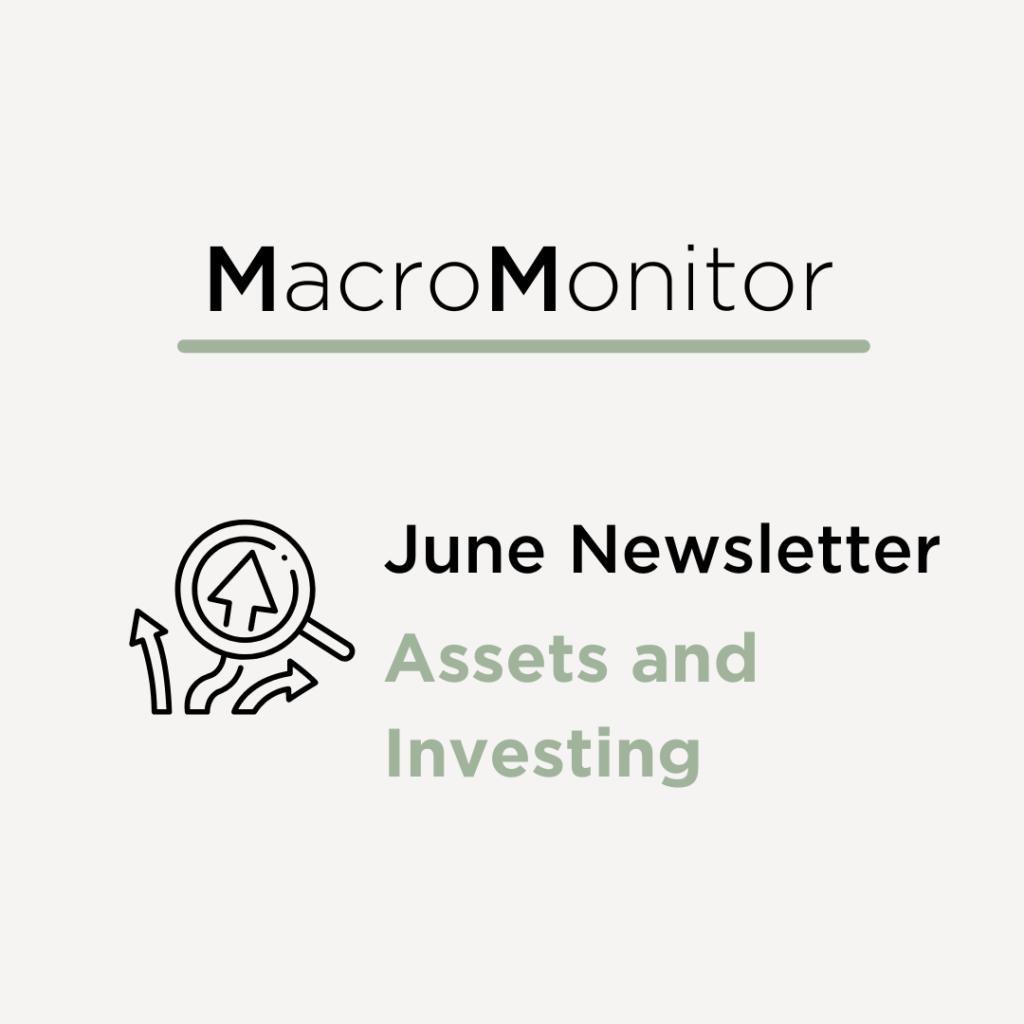

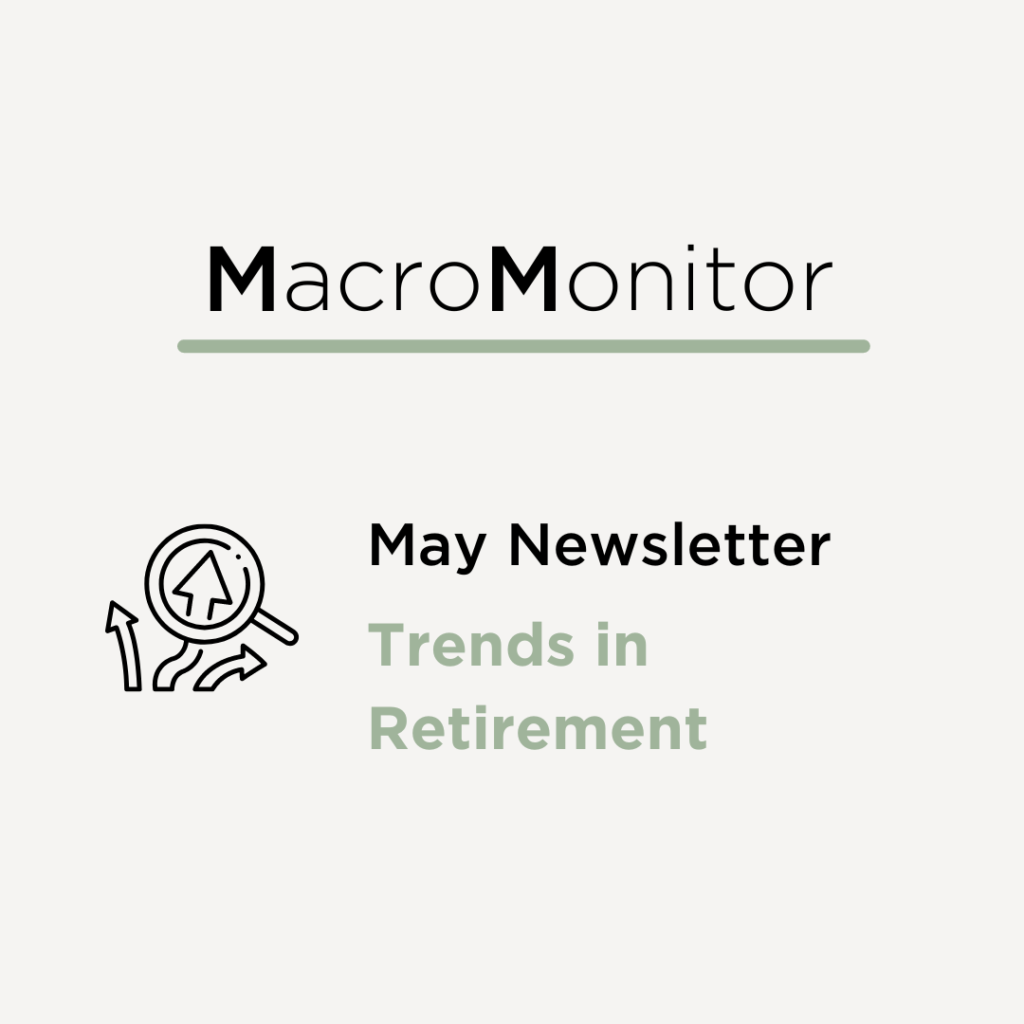

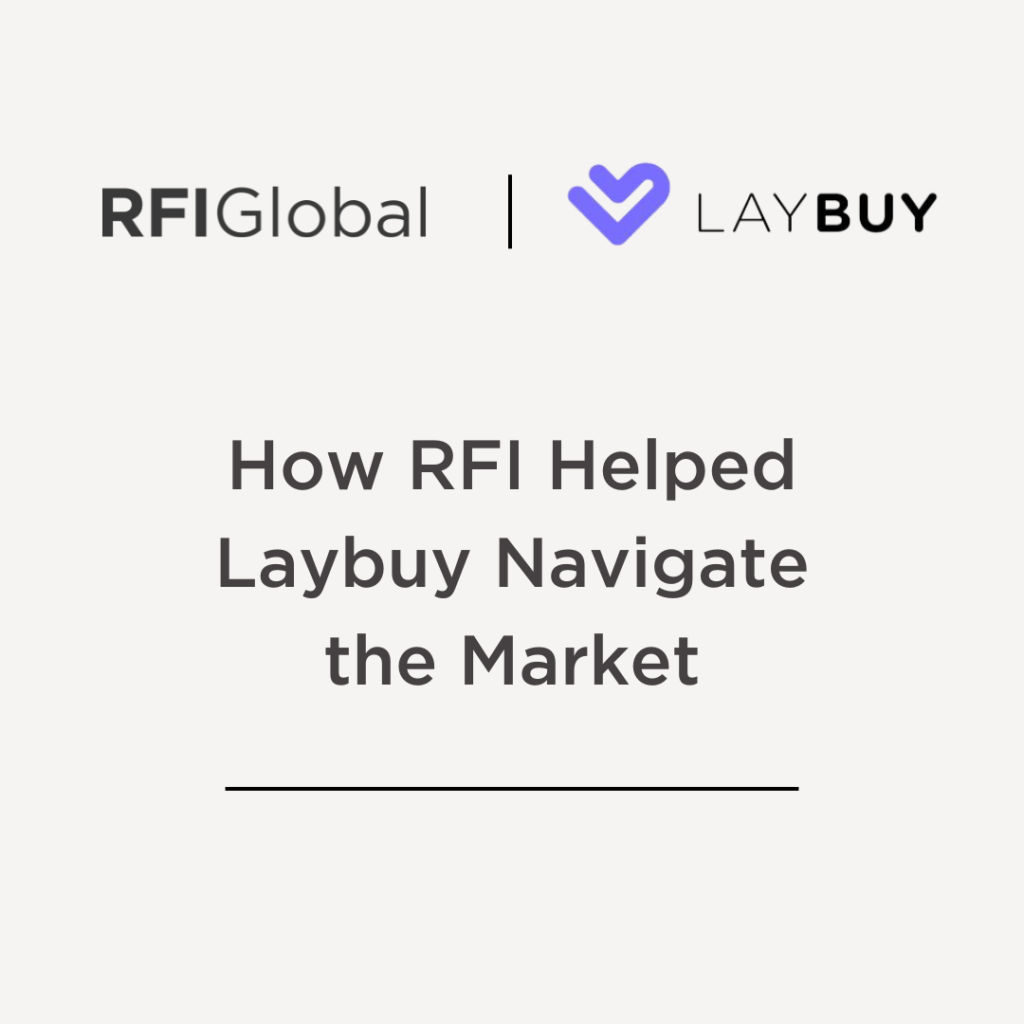



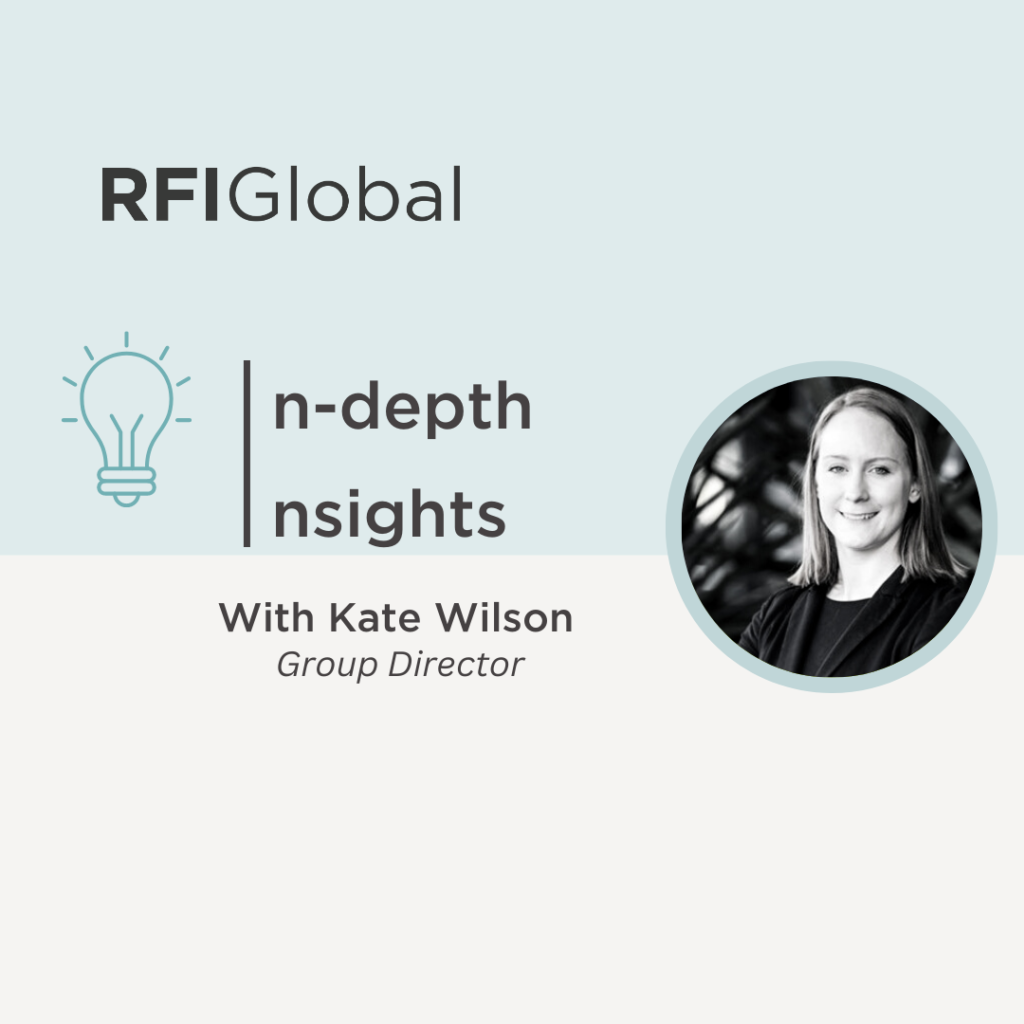

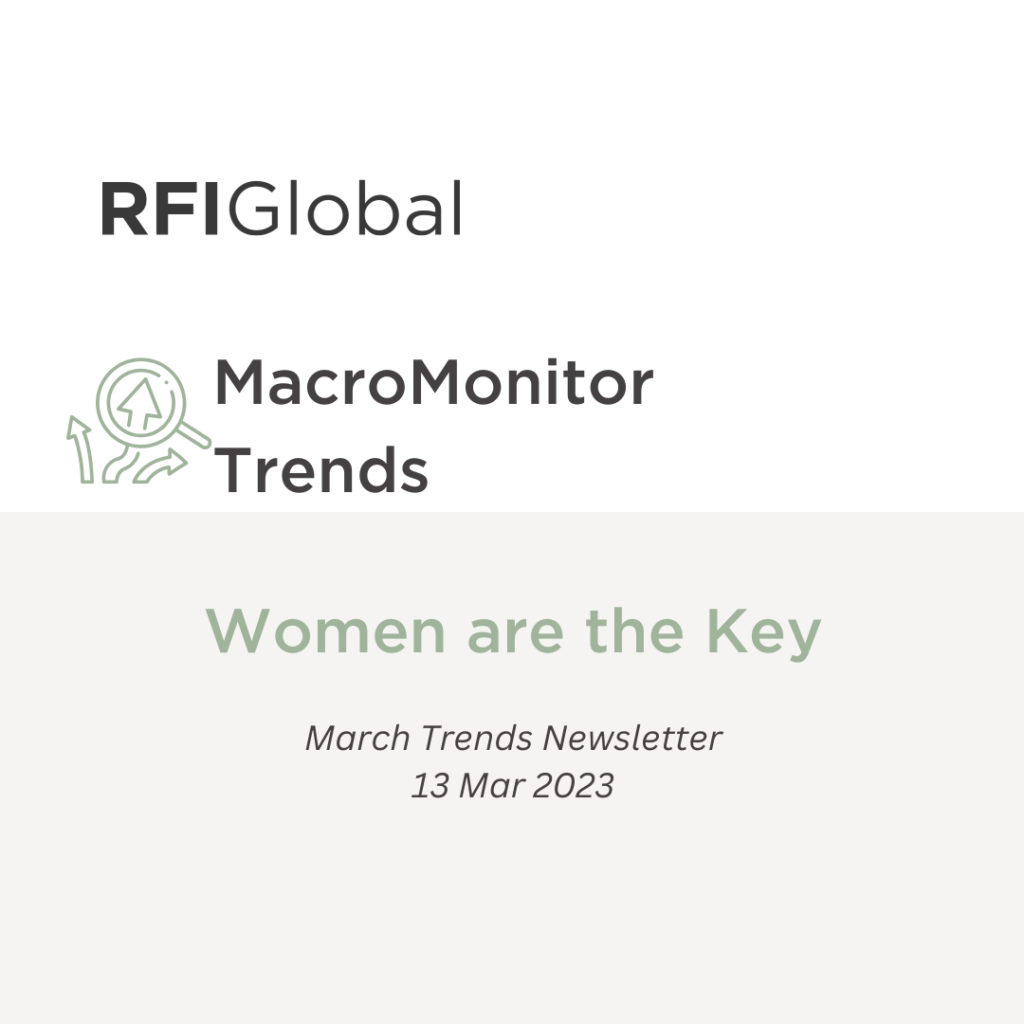


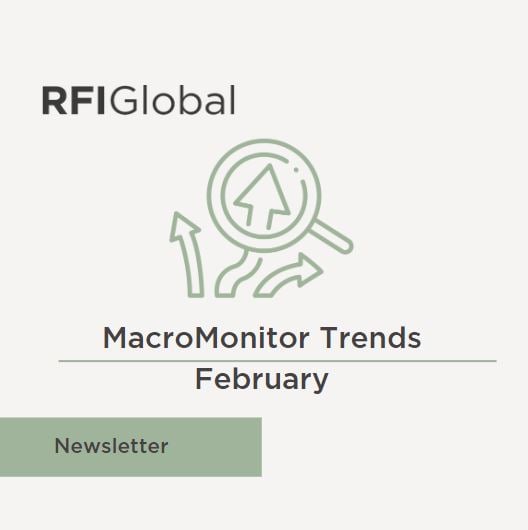


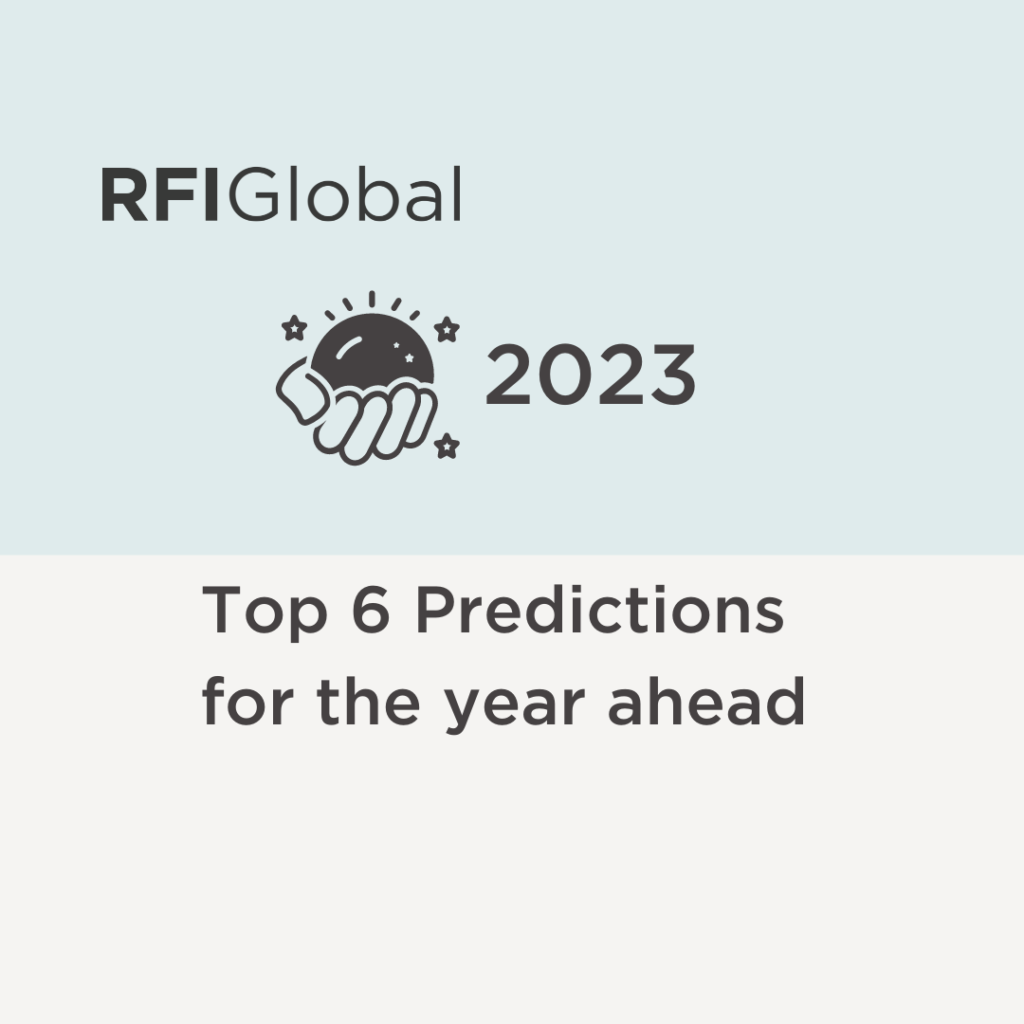
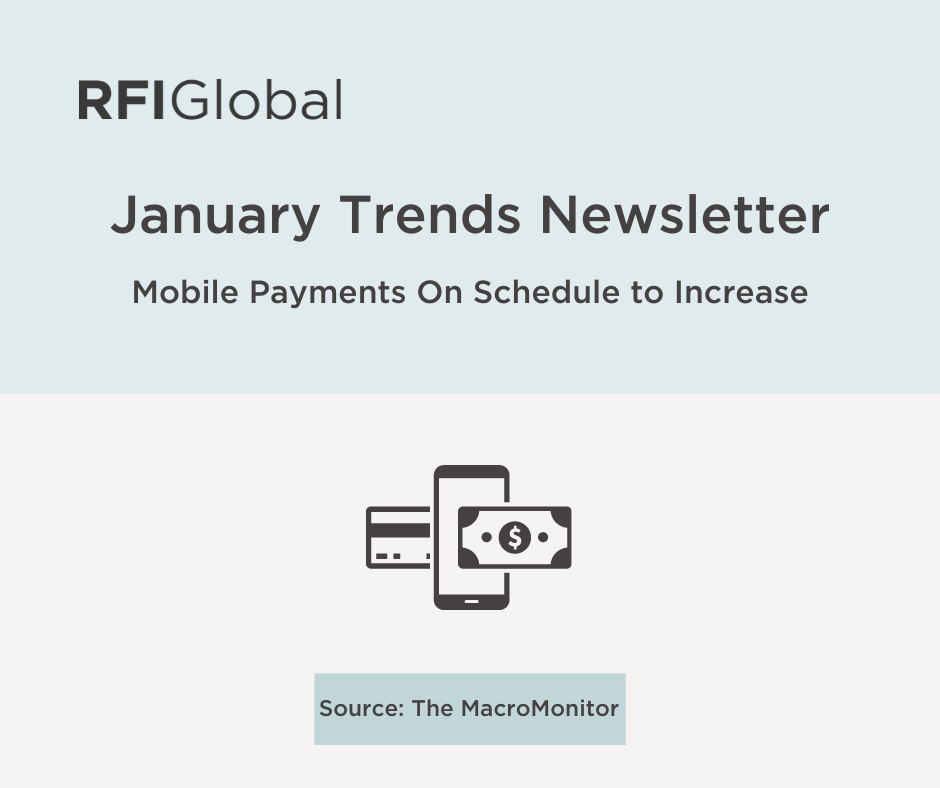
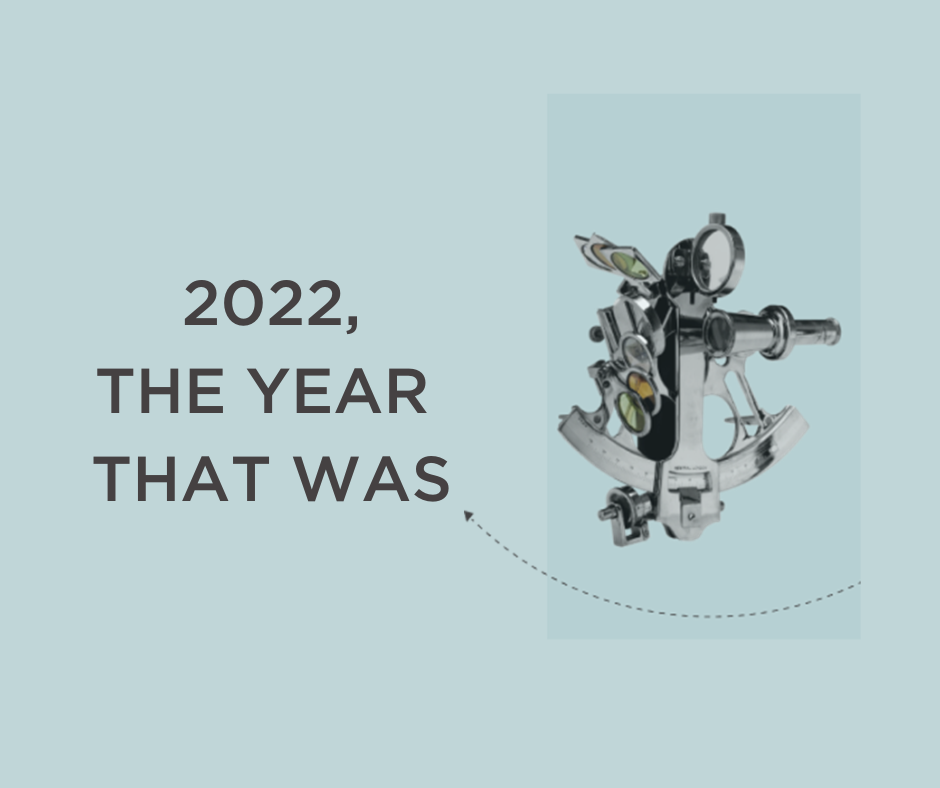































/NQA-ISO-27001-Logo-UKAS.jpg)